Yes, today I realize it feels like a tryst with semiconductors. In actual meaning; it wasn’t a love affair with semiconductors, but I must say the greatest thing it taught me about how it approaches towards perfection. And that became the guiding principle in my life; how can I do something better. Of course nothing is perfect in life… Read More
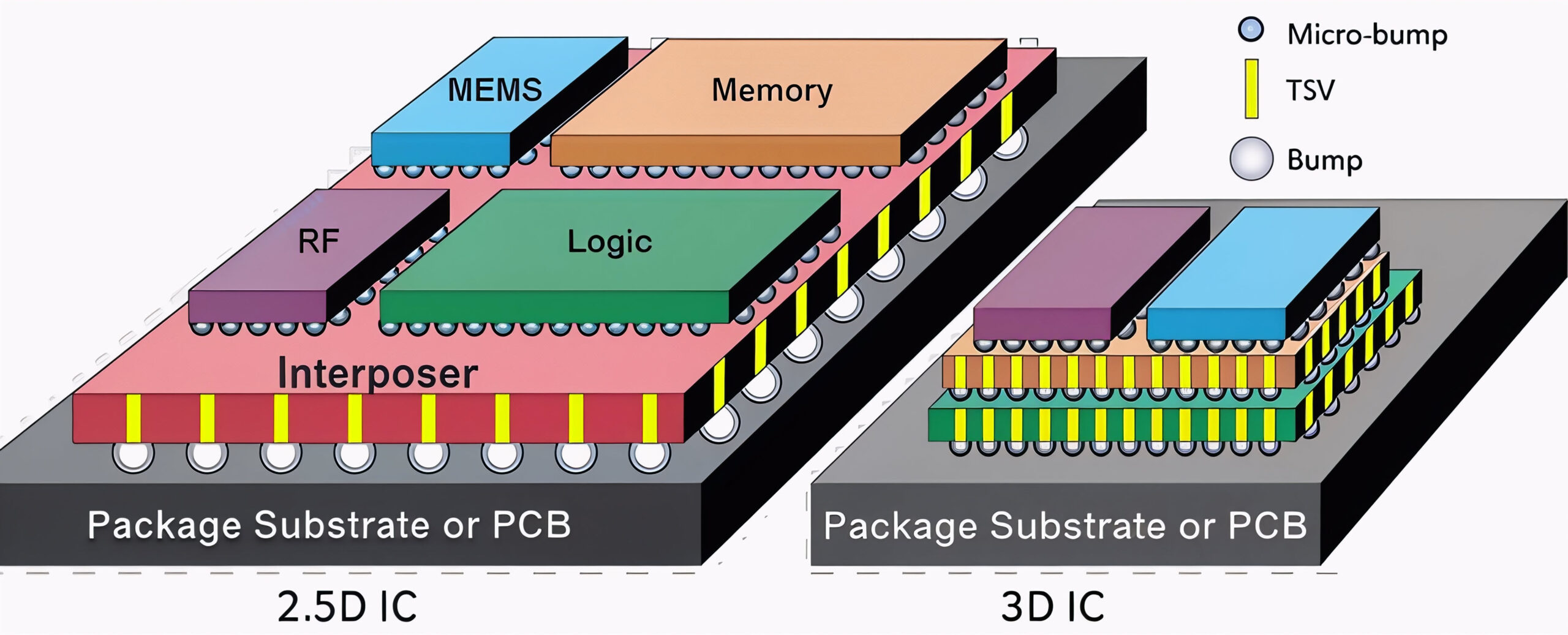 3D ESD verification: Tackling new challenges in advanced IC designBy Dina Medhat Three key takeaways 3D ICs…Read More
3D ESD verification: Tackling new challenges in advanced IC designBy Dina Medhat Three key takeaways 3D ICs…Read More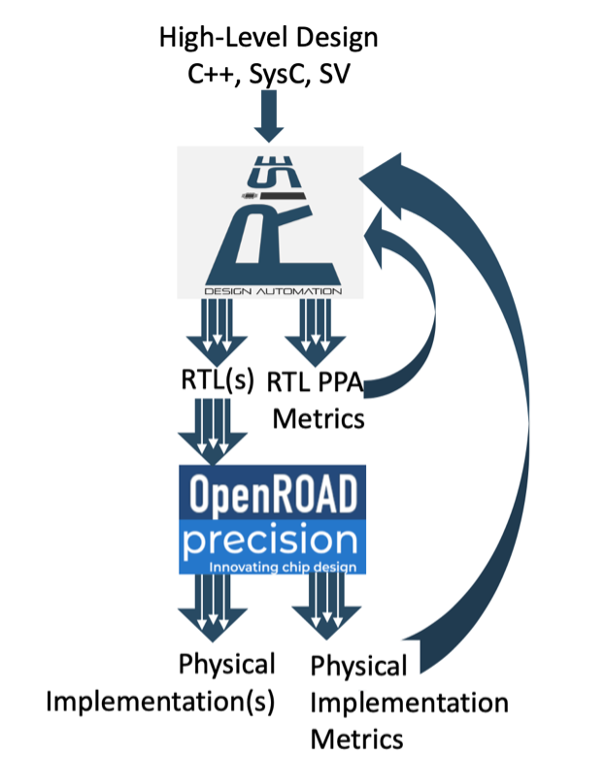 Reimagining Architectural Exploration in the Age of AIThis is not about architecting a full SoC…Read More
Reimagining Architectural Exploration in the Age of AIThis is not about architecting a full SoC…Read More S2C, MachineWare, and Andes Introduce RISC-V Co-Emulation Solution to Accelerate Chip DevelopmentMachineWare, and Andes Technology today announced a collaborative…Read More
S2C, MachineWare, and Andes Introduce RISC-V Co-Emulation Solution to Accelerate Chip DevelopmentMachineWare, and Andes Technology today announced a collaborative…Read More A Webinar About Electrical Verification – The Invisible Bottleneck in IC DesignElectrical rule checking (ERC) is a standard part…Read More
A Webinar About Electrical Verification – The Invisible Bottleneck in IC DesignElectrical rule checking (ERC) is a standard part…Read MoreSeeing Firsthand How the Internet has Changed Traveling
We hear a lot of talk about the internet improving our lives, but most of the time this translates into time spent on FaceBook, shopping on Amazon or other distractions. However, on our just completed trip to Europe I discovered how mobile internet connectivity can transform the experience of traveling.
At home when I drive places… Read More
Only One Type of OEM Seems to Work in EDA
OEM agreements don’t seem to work in EDA. Sometimes they are signed but usually they turn out to be closer to joint marketing agreements. The reason seems to be that EDA software is complex and requires high-touch support especially when getting the product first installed and introduced into a production flow. The effect… Read More
EVS Codec: The Next Big Thing in Mobile Voice
What is the next big thing in LTE-based 4G mobile networks? Apparently, it’s Voice over LTE (VoLTE) these days, especially after 3GPP has released the Enhanced Voice Services (EVS) codec that industry watchers call a breakthrough in audio and voice communications.
Long Term Evolution or LTE is the first cellular system… Read More
CEVA achieves first certified Bluetooth 4.2 IP
SoC designers working on chips for the IoT and wearables now have access to cutting-edge certified Bluetooth Smart technology from CEVA. At Bluetooth ASIA in Shanghai, CEVA announced the RivieraWaves Bluetooth Smart 4.2 IP Platform has achieved full certification by the Bluetooth SIG to the Bluetooth 4.2 specification using… Read More
Jen-Tai Hsu Joins Kilopass and Looks to the Future of Memories
Kilopass has a new VP of engineering, Jen-Tai Hsu. I sat down with him last week to find out where he came from and where he and Kilopass are going.
He grew up in Taiwan and went to National Taiwan University where he studied electrical engineering. Then he came to the US and went to Case Western Reserve University to get a masters degree,… Read More
My Top Ten Regrets if I were Dying?
As birthday #55 rapidly approaches I say to myself: Self, if I were dying what would be my regrets? The first thing I did was ask The Google because I’m not coming up with anything really interesting myself. Also, it really isn’t a pressing problem for me as my life expectancy has increased quite a bit over the last 30 years, or so I’m told.… Read More
Designing for Variation
There is a widespread phenomenon in designing chips that new effects creep up on you. First they are so small you can ignore them. Then you can add a little pessimism to your timing budget or whatever gets affected. But eventually the effects go from second order to first order. You certainly can’t ignore them, and the guard … Read More
GaN Technology for the Connected Car
GaN technology is disruptive, in the best sense of the word, making possible what was once thought to be impossible – eGaN® technology is 10 times faster, significantly smaller, and with higher performance at costs comparable to silicon-based MOSFETs. The inevitability of GaN displacing the aging power MOSFET is becoming clearer… Read More
My Candid Conversation with Karen Bartleson
If you don’t know about Karen Bartleson, before I get into details, let me tell you that she was the President of IEEE-SA for the past 2 years and has been nominated by the IEEE Board of Directors as one of the candidates for IEEE President-Elect for 2016. The IEEE is an organization I admire as it plays a key role in advancing technology… Read More

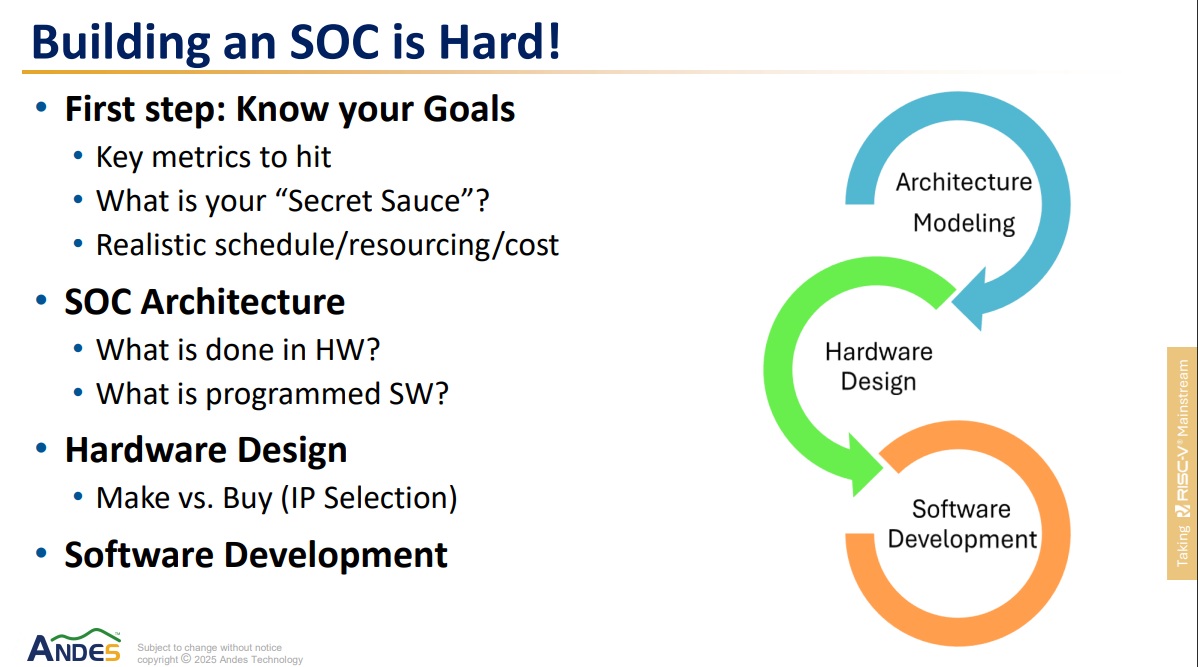

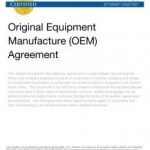
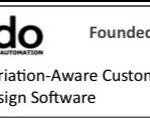

Quantum Computing Technologies and Challenges